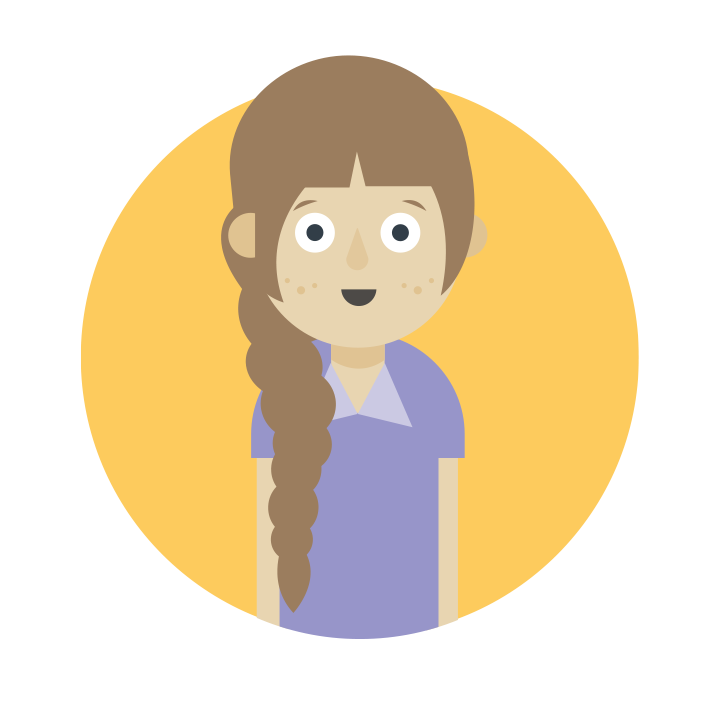
Exploring The Spectrum
Our support pack is filled with videos, articles, top tips and guides to support parents and carers of autistic children.
What is autism?
Autism is identified by a set of behaviours and characteristics that include differences in social interaction and communication, repetitive behaviours, narrow, obsessive interests, and sensory processing.
Below, watch our short videos and explore frequently asked questions, including top tips you can start using at home from today.
- Not responding to their name
- Avoiding eye contact
- Not smiling when you smile at them
- Getting very upset if they do not like a certain taste, smell or sound
- Repetitive movements, such as flapping their hands, flicking their fingers or rocking their body
- Not talking as much as other children
- Not doing as much pretend play
- Repeating the same phrases
- Not seeming to understand what others are thinking or feeling
- Unusual speech, such as repeating phrases and talking ‘at’ others
- Liking a strict daily routine and getting very upset if it changes
- Having a very keen interest in certain subjects or activities
- Getting very upset if you ask them to do something
- Finding it hard to make friends or preferring to be on their own
- Taking things very literally – for example, they may not understand phrases like 'break a leg'
- Finding it hard to say how they feel
- Autism Spectrum Disorder (ASD) is a developmental condition characterised by challenges in social interaction, communication, and restricted or repetitive behaviours.
- Autism Spectrum Condition (ASC) is a broad term encompassing all of the autistic profiles.
- Pathological Demand Avoidance (PDA) is a profile of autism characterised by anxiety and a pervasive need to avoid demands and expectations. Children with PDA may resist routines and demonstrate behaviours to avoid demands, often masking their difficulties.
Understanding the terminology around autism can promote better communication and support for everyone, fostering acceptance and inclusion within society. Click here to learn more.
Preparing for a diagnosis
Find out more about categorising concerns and working with your child's school to gather information to start the process of assessments and diagnosis.
Strategies to support your child
Supporting an autistic child involves understanding their strengths, challenges, and needs. By embracing their individuality and implementing tailored strategies, you can create an environment that fosters their growth and wellbeing.
Communication & relationships
Autistic children often face difficulties with communication, including delays in speech, challenges with understanding language and non-verbal cues, as well as difficulties in initiating and maintaining conversations.
Exploring age & gender
Autism can present differently depending on your child's age and gender, so supporting them will differ based on these variables. Some autistic children often 'mask' by copying the way other children behave and play, whereas other children may present with special interests and repetitive behaviours.

Did you know we release a new episode of our podcast each month?
Tune in to hear expert insights exploring ADHD, autism, mental health & more.
Watch Now










